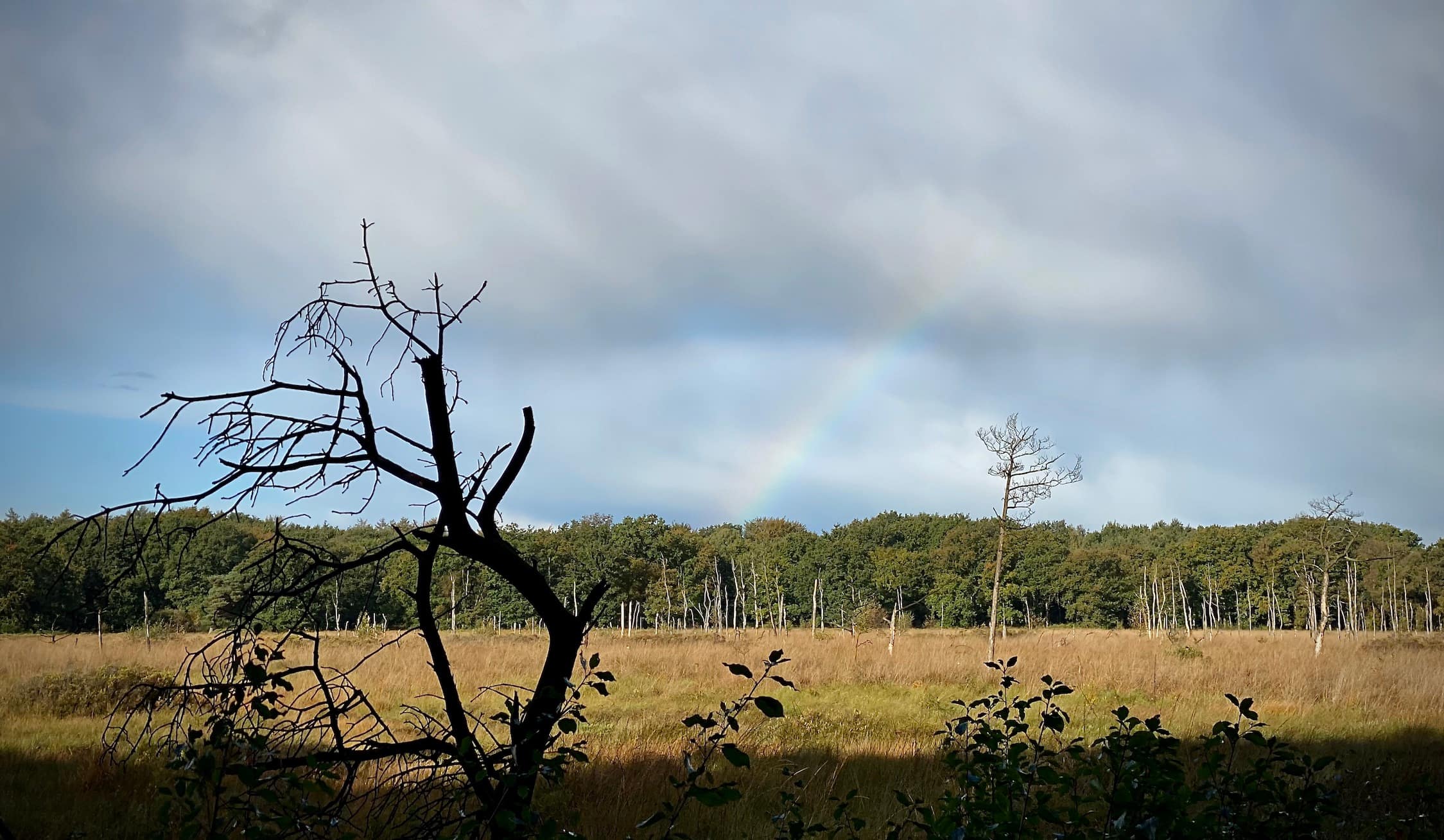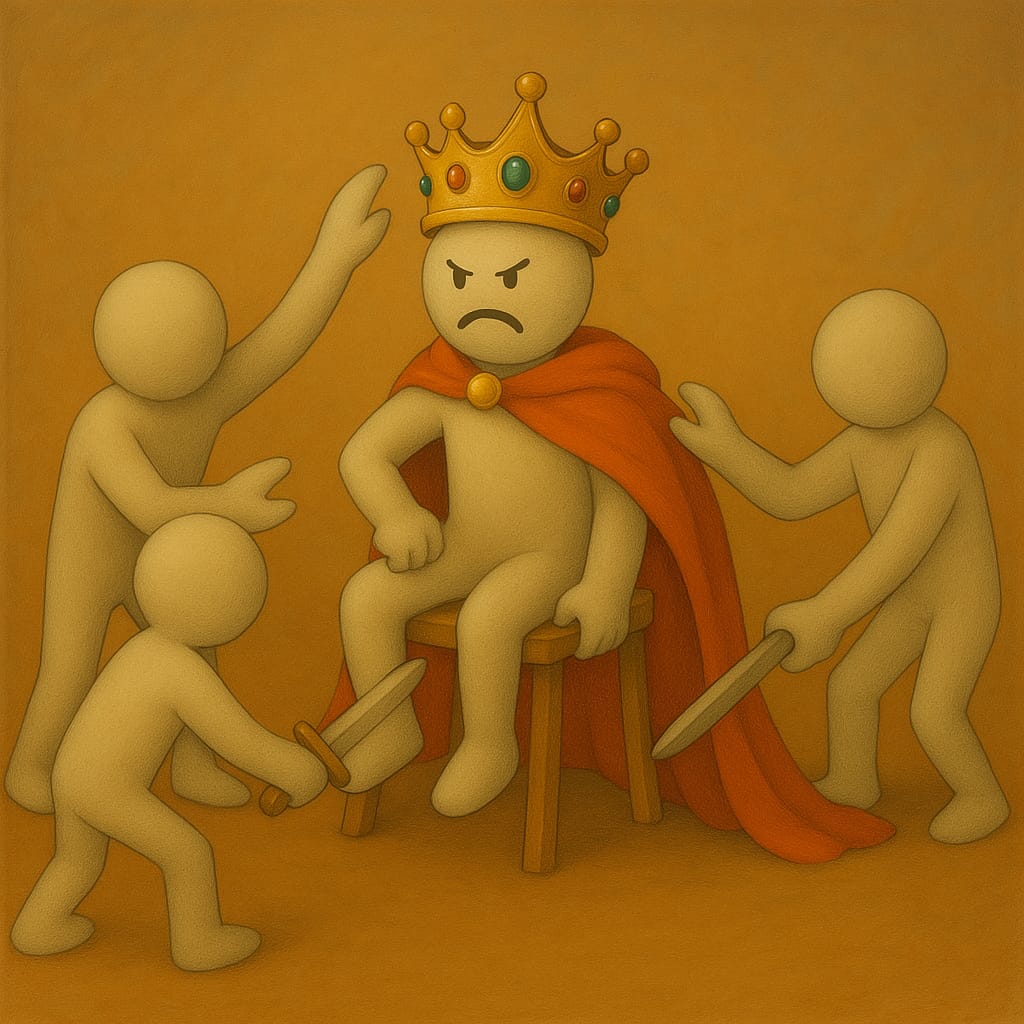
Inspiration is not a luxury
This blog is based on a short presentation in an online interdisciplinary BSS event earlier this year.
‘Inspiration’ is a word many creativity researchers hate. Not because we don’t believe in it, or because we begrudge others the inspiration we lack. No, it’s because (much to our chagrin) creativity is still often thought to be elusive, mysterious, possibly supernatural, and generally beyond the pale of scientific inquiry — and the continuing emphasis on ‘inspiration’ is probably to blame. If there’s one thing creativity researchers have been trying to do for the past seventy years, it’s showing that there’s nothing mysterious (let alone supernatural) about creativity (Guilford, 1950). We may not always know where our ideas come from, but the same is true for emotions, opinions, or thoughts. Moreover, many creativity researchers have been tirelessly explaining that creativity is as much a matter of hard work and effort as anything else (e.g., Baas, Koch, Nijstad, & De Dreu, 2015). So who cares about inspiration? Inspiration is a luxury!
Inspiration is extraordinary
Actually, there really does seem to be something special about inspiration. As we all know, many kinds of behavior can be elicited fairly easily in psychological research, people can recall all sorts of things simply upon being asked to do so, opinions can be formed and influenced in the lab, and even feelings can be manipulated in experimental settings. But inspiration seems different. For one thing, inspiration is usually spontaneous. It’s something that seems to just happen to us (if it happens at all). Although we’re pretty good at predicting when we will not get inspired (for example, after a long day of online meetings), actually finding those happy moments where the creative juices start flowing seems to be a matter of luck, rather than skill. Another striking aspect of inspiration is that it tends to be overwhelmingly activating. When we’re feeling really inspired, we want nothing more than to act upon it, preferably right now. Although we may enjoy and seek out moments of deep reflection or absorption in our work, these have nothing like the strong push and pull of a real moment of inspiration. And finally —alas— real moments of inspiration tend to be rare. We don’t usually feel inspired every day, and many of us struggle to find moments of inspiration at all. Sometimes we have to search deeply to remember the last time we really felt inspired.
It’s almost as if inspiration is creativity’s slightly disreputable relative
These kinds of characteristics do not exactly make for an easy (or popular) topic of psychological research. In fact, when I was preparing for this piece, I looked up ‘inspiration’ in some of my creativity handbooks, and was surprised (but then again, perhaps not so much) to see that several didn’t even mention it in the index (e.g., Amabile, 1996; Finke, Ward, & Smith, 1992; Kaufman & Sternberg, 2010; Reiter-Palmon, Kennel, & Kaufman, 2018). It’s almost as if inspiration is creativity’s slightly disreputable relative — like an uncle who shows up unexpectedly at parties, embarrasses everybody, and then leaves again and isn’t seen by anyone for years.1 So what are we even talking about here? What is this mysterious and spontaneous thing called ‘inspiration’, and is there nothing we can do to help ourselves get inspired?
The psychological literature on inspiration is scarce, but our current thinking about it has predominantly been shaped by the work of Todd Thrash and Andy Elliot, starting with their (2003; 2004) papers exploring and refining our understanding of the concept. Tracing the meaning of the word ‘inspiration’ through everyday as well as academic usage, they provide a general conceptualization of inspiration as being evoked, approach-oriented, and transcendent. In other words, inspiration is a response to some stimulus or situation, it energizes us towards doing something, and it goes beyond ordinary, everyday preoccupations or problems.
Building upon this conceptualization, Thrash and Elliot then conducted a series of studies to map inspiration’s nomological network, exploring the constructs that it is and isn’t associated with, and aiming to identify some of its antecedents and consequences, both in terms of states and traits. Their results suggest, for example, that you’re more likely to feel inspired if you feel good, if you are interested in exploring new things and receptive to beauty, if you’re highly motivated to get deeply into what you’re doing, and if you’re not concerned with winning a competition or worried about failure. Being inspired, in turn, will help you feel absorbed in your work, feel competent about what you’re doing, and perform creatively.
In other words, this relationship between creativity and inspiration just keeps coming back — the embarrassing uncle won’t stop dropping in (or staying away) whenever he feels like it. So perhaps we should explore this relationship a bit further. Who knows: we might get to see an unexpected side of this embarrassing relative of ours.
Inspiration is a lightbulb — or is it?
In the context of creativity, the moment of inspiration is often depicted as the classic lightbulb going on over our heads; the moment when we get the crucial idea, insight, or even epiphany. In fact, creativity itself is often considered to be more or less synonymous to the generation of ideas or solutions. But of course, it’s much more than that: the creative process spans the whole trajectory from problem identification (what are we even working on?), through preparation (how best to go about it?) and idea generation (what options do I see?), to idea validation (is this really such a good idea?) and idea implementation (let’s do it!). Most of us tend to think of creativity in terms of coming up with ideas, and that’s what creativity research has focused on almost exclusively for about half a century. However, over the past two decades, we’ve been beginning to learn that the transition from idea generation to idea implementation is the real bottleneck in the creative process. Coming up with ideas isn’t hard; making sure your best ideas get realized is the difficult part.
Creative ideas do not stem from inspiration; inspiration stems from creative ideas!
The ‘lightbulb’ theory of inspiration, like most lay theories of creativity, focuses primarily on idea generation, implying that inspiration is what ‘turns on the light’ and infuses us with creative ideas. However, Thrash, Maruskin, Cassidy, et al. (2010) take a slightly more sophisticated approach. In their view, creative inspiration is an approach-oriented motivational state towards doing something — specifically, it is the inspiration to create. As such, inspiration is not the source of ideas, but a response to creative ideas, a state where realizing the idea becomes our aim. In other words, creative ideas do not stem from inspiration; inspiration stems from creative ideas! When we get inspired by an idea, we want to do something with it.
Across four studies on creative writing, Thrash and colleagues show that inspiration mediates the relationship between the creativity of people’s initial ideas and the creativity of their final written product. In line with Trash and Elliot’s nomological network, people were more likely to get creative ideas when they were more open to beauty and felt more positive, and people were more likely to get inspired by creative ideas when they had a strong approach temperament (that is, when they tended to strive for desired outcomes, as opposed to avoiding undesired outcomes). What’s more, inspiration also predicted the efficiency of people’s writing, suggesting that inspiration really makes us want to capture and communicate our ideas before they get lost. Since this is where things usually go wrong in the creative process, inspiration would seem to be exactly what we need to perform creatively. Inspiration may be rare, but it’s not a luxury.
Now what?
So what does all this teach us about inspiration, other than that it would be fantastically useful to us if only we knew where to find it? Unfortunately, although we have a general idea of what predicts inspiration, we don’t really know how to evoke it. The best we can do, is make sure to seek out conducive states, to avoid inhibitory factors, and to respond to inspiration as soon as it occurs. So here are four general pointers that may turn out to be helpful.
- Do things that make you feel good! Carve out the time and space to work on what motivates and attracts you. But beside work, you’ll need to actively restore your energy by pursuing fun leisure activities, and avoid mentally closing down. You’re never going to get inspired by sitting in front of a screen all day. The better you feel, the better your chances of getting inspired.
- Try to work on maintaining (or building up) your receptiveness: seek out beauty wherever you can. This could be anywhere: literature, music, a museum, a walk in nature — again, these are things you’ll have to actively pursue. Taking the time to seek out and appreciate beauty will make it easier for you get ideas, and to be receptive to the right idea at the right time.
- Avoid competitive pressures (and focus on work mastery instead). Although this may sound like another way of saying ‘get the hell out of academia’, things need not be as bad as that. In the end, what matters is not to avoid competition, but not to think of your work as a competition, and not to get distracted by it. Allow yourself to do the best job you can, in your own way. A bit of competition can be energizing, and may bring the focus to keep working on a task, but it won’t bring you the inspiration you need to do your best work.
- Seek out collaborations that make you happy and make you feel competent. In academia, you have a lot of room to choose your collaborations (perhaps more than you think); make the most of it, because these are what will keep you going, especially if things get lonely during a lockdown. Avoid coworkers or supervisors who feed your fear of failure. It sometimes seems like these people are attracted to academia like flies to a carcass, but that doesn’t mean you’re destined to work with them.
There is no recipe for inspiration; if there was, the world (and the office) would be a different place. And, to be fair, inspiration can be a distraction. A lot of the work we need to do simply requires us to hunker down and keep going, mind-numbing or soul-destroying as it may sometimes feel. You can’t —and shouldn’t— expect to feel inspired every day. What you can do is prepare, and be ready when the moment comes. Actually, Thrash, Moldovan, Oleynick, and Maruskin (2014) put it most inspiringly of all:
“Be vigilant for fleeting glimpses of truth, beauty, goodness, and holiness. Once you have an idea worth writing, write; once you have a goal worth pursuing, pursue it, before the light goes dim.”
___________________
1 I’m pretty sure I (unconsciously) stole this analogy from somebody somewhere, but I can’t remember who or where from.
Image credit: photo by the author (Appelbergen, Glimmen)
References
Amabile, T. M. (1996). Creativity in context: The social psychology of creativity. Boulder, CO, US: Westview.
Baas, M., Koch, S., Nijstad, B. A., & De Dreu, C. K. (2015). Conceiving creativity: The nature and consequences of laypeople’s beliefs about the realization of creativity. Psychology of Aesthetics, Creativity, and the Arts, 9, 340-354.
Finke, R. A., Ward, T. B., & Smith, S. M. (1992). Creative cognition: Theory, research, and applications. Cambridge, MA, US: MIT Press.
Guilford, J. P. (1950). Creativity. The American Psychologist, 5, 444-454.
Kaufman, J. C., & Sternberg, R. J. (Eds.). (2010). The Cambridge handbook of creativity. Cambridge, UK: Cambridge University Press.
Reiter-Palmon, R., Kennel, V. L., & Kaufman, J. C. (Eds.). (2018). Individual Creativity in the Workplace. London, UK: Academic Press.
Thrash, T. M., Maruskin, L. A., Cassidy, S. E., Fryer, J. W., & Ryan, R. M. (2010). Mediating between the muse and the masses: Inspiration and the actualization of creative ideas. Journal of Personality and Social Psychology, 98, 469-487.
Thrash, T. M., Moldovan, E. G., Oleynick, V. C., & Maruskin, L. A. (2014). The psychology of inspiration. Social and Personality Psychology Compass, 8, 495-510.
Thrash, T. M., & Elliot, A. J. (2003). Inspiration as a psychological construct. Journal of Personality and Social Psychology, 84, 871-889.
Thrash, T. M., & Elliot, A. J. (2004). Inspiration: core characteristics, component processes, antecedents, and function. Journal of Personality and Social Psychology, 87, 957-973.



